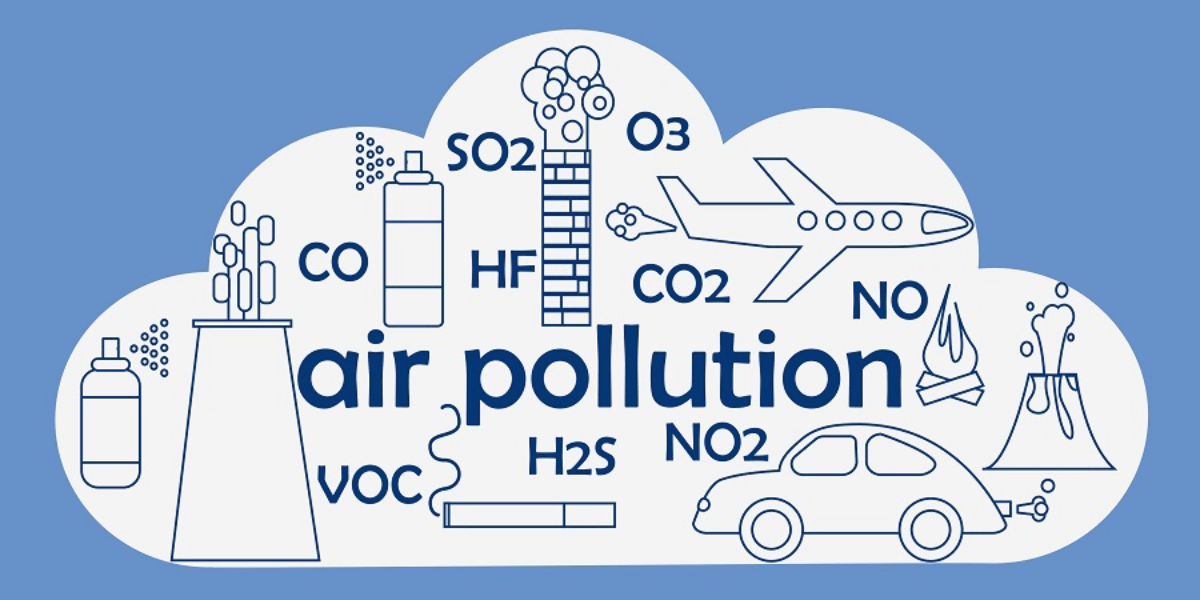VOCs, fully defined as Volatile Organic Compounds, are chemicals that evaporate with ease and are designed for versatility. However, even though these elements are popular and reliable for a variety of tasks, they come with an exhaustible cost. The application of...





